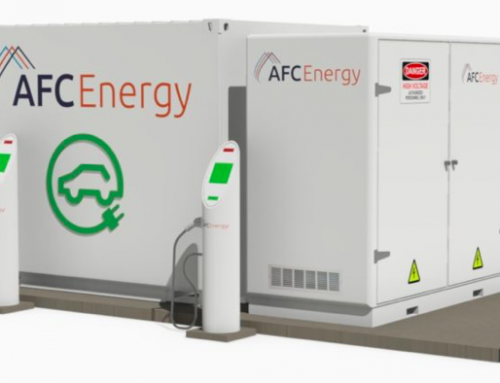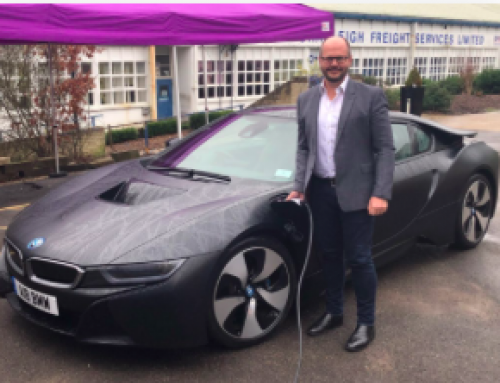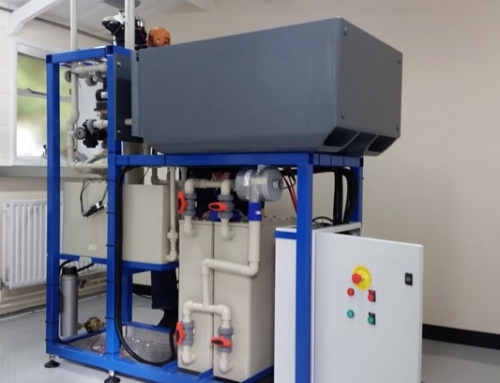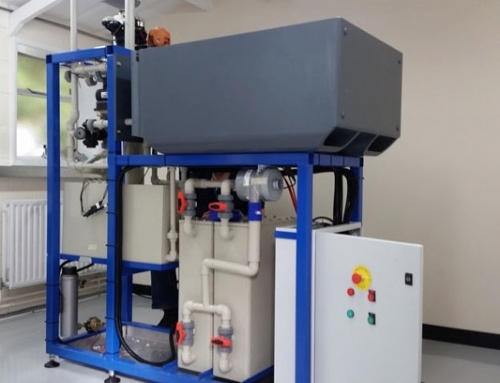By Stewart Dalby
My colleague Julian Singer wrote about AFC Energy, the hydrogen fuel cell manufacturers in late November last year. He said: “The company has clearly impressed the market recently with its share price climbing steadily from 5 pence in early November to above 25p in late November (20 November 2020). It had not been at this level since the end of 2015, and had been floating around 5p for over a year. A string of positive announcements in early November may have been the trigger.
Following the November announcements, in the early months of 2020, the shares climbed further to a 52-week high of 33.50p. After this the shares started to fall, only to see a spike back upwards in value in July 2020. This was because the company’s Interim results were released on 24 July 2020 and around this period (late July) the shares rallied to 30.50p. The decline then resumed, so that last evening the shares in the £138.24m market cap AFC stood at 20.20p. It all seems a bit topsy-turvey So, what has been happening at the LSE Main Board company?
AFC first became interested in fuel cells in 2015 at a time when this sector was beginning to attract investors attention. AFC has been and still is loss-making (to the tune of £2.14m for the six months ended 30 April}. It has not published revenue figures in the past 12 months. But it has been the recipient of grants and placings. These monies, combined with the company’s technology, have enabled AFC to produce a fuel cell based on the so-called alkaline fuel cell[1], which has the advantage over other types of fuel cell in working with impure hydrogen and being relatively cheap, but with the disadvantage of less power for a given size.
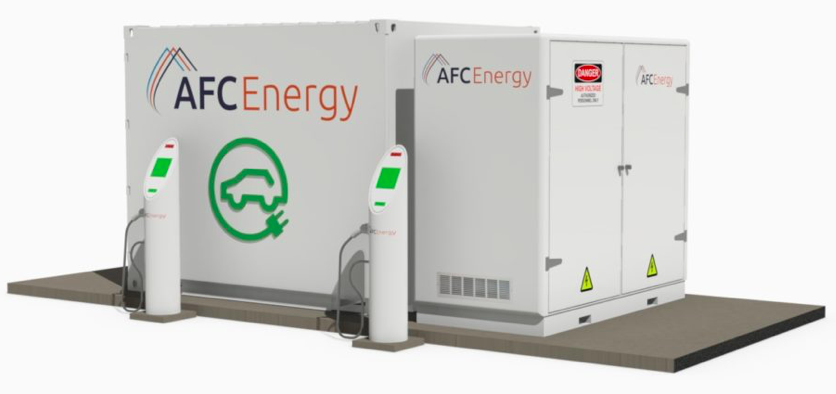
An AFC portable EV charger: picture: www.afcenergy.com
Thus on 7 November 2019 AFC announced that it had developed a version with high power density that could match other fuel cells. The main improvement came from a better internal membrane, which allows a higher current to flow through the cell. AFC claims in another announcement that the new membrane, called AlkaMemTM, would also be valuable in electrolysers’, which generate hydrogen from electricity, and in redox flow batteries.
So, although AFC has been improving the performance and manufacturing of its fuel cells for several years,the problem has always been to find a reliable market. Vehicle manufacturers have preferred alternative technologies because power density is of prime importance and clean hydrogen is available. Power density is important because the greater the density the shorter is the charging time. Initially,AFC’s focus was on industrial plants that produced hydrogen as a by-product and wanted to make their own electrical power with it. Then the emphasis was on biomass plants that produced hydrogen. But that didn’t seem to work too well.
So instead the attention switched to off-grid chargers for electric vehicles (EVs). AFC developed a portable EV charger for demonstration to potential customers who are multi-user sites, such as fleet operators, car parks, buses and delivery vans, In short any kind of vehicle that can constantly go back to their depots, garages or final destinations and recharge for hours at leisure, rather than needing a recharge that takes a few minutes,
The Interim Results report released on 24 July 2020 itemised what AFC has been doing to develop this market in the six months period.
- The report said It had a successful launch and demonstration of AFC’s EV charging situation culminating in a national roadshow across the UK.
- The reinforced sales staff to manage inbound prospects resulting in increased visibility
- It raised £1.4million when lockdown occurred to continue work unabated during lockdown with no staff furloughed or made redundant.
- It achieved a binding contract with Extreme E for a bespoke Hydrogen unit.AFC is working with Extreme E as a provider of zero emission, off grid power for rapid charging of rally race vehicles in multiple remote locations across the 2021 racing season.
- The company started production development work on its new, high powered anion exchange membrane (AEM) HydroX-Cell(L)160 system for launch later this year.
- There was investment in research and development staff in support the AkaMem product which has led to the membrane samples being delivered to third parties for validation.
- Finally, as a result of the actions above after the end of the reporting period a further £31.6m was raised to fund further product development, scale up of manufacturing and reinforce sales coverage.
Adam Bond, Chief Executive Officer (CEO) of AFC Energy said in the Interims Report The year 2020 continues to be a transformational year for the international for the international Hydrogen economy.”
Those who recently invested in the company must hope that the EV charger will finally lead to some revenue.
[1]Alkaline refers to the type of electrolyte used in the cell.


